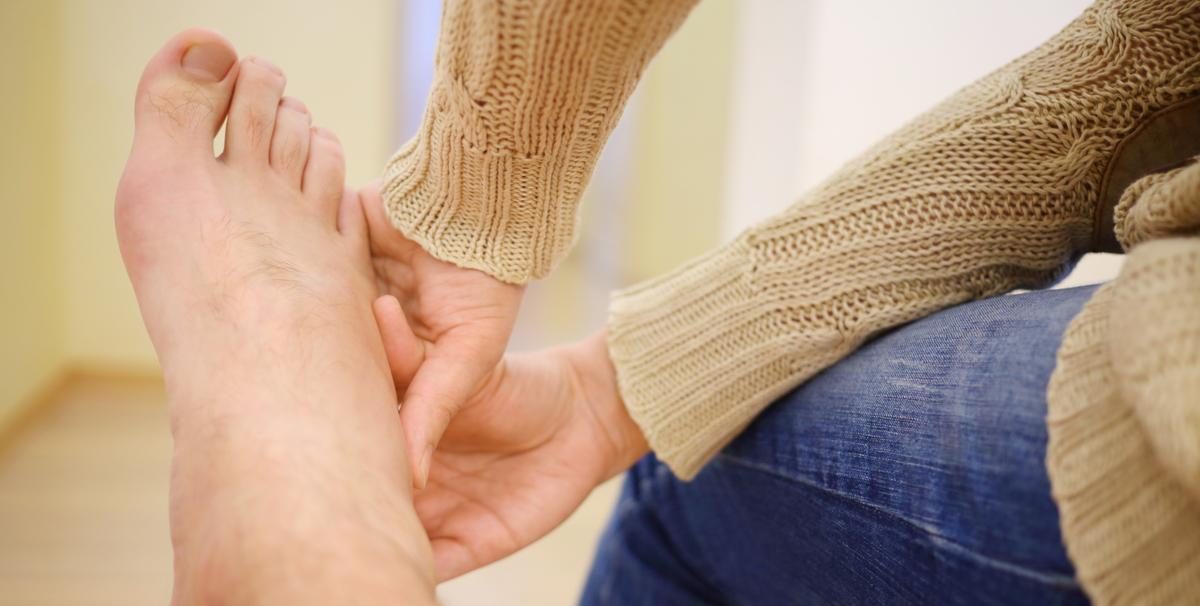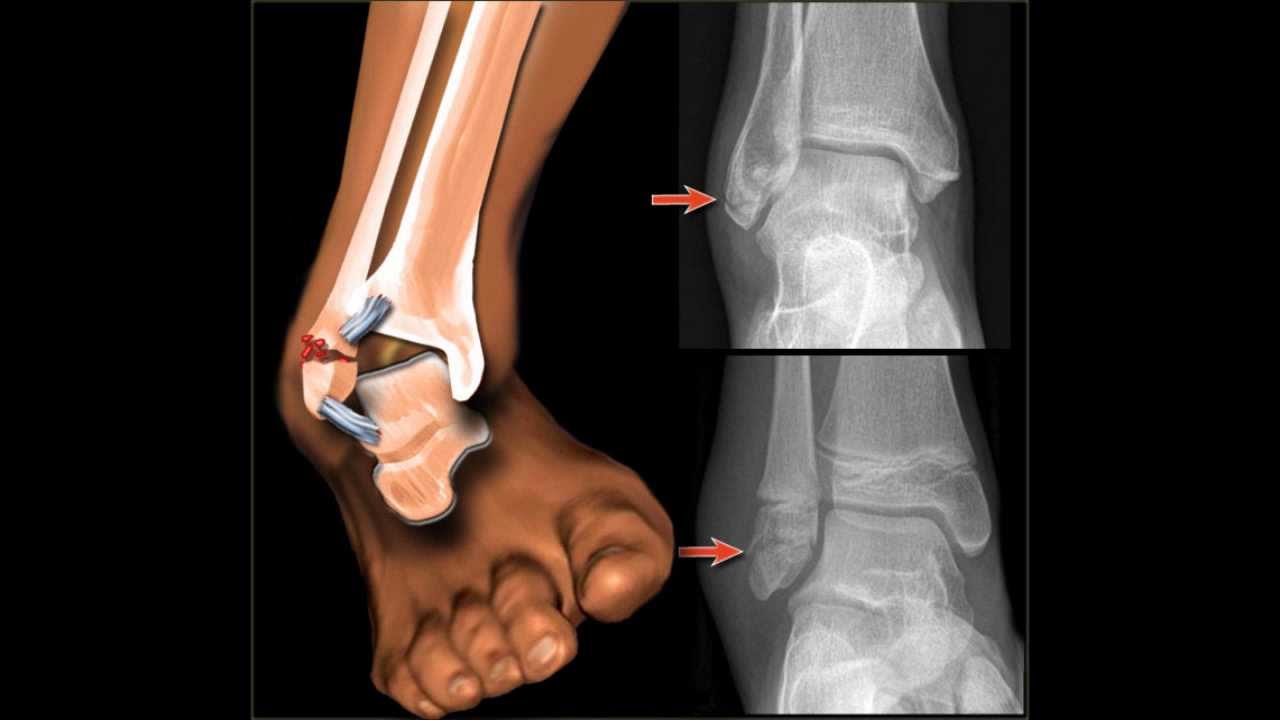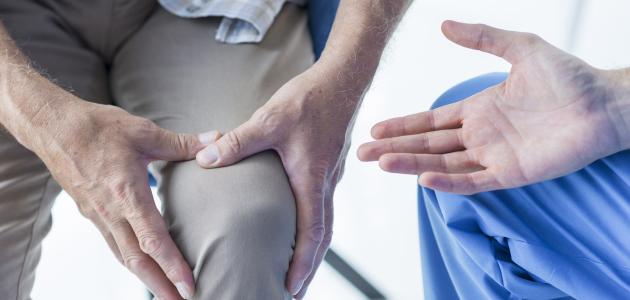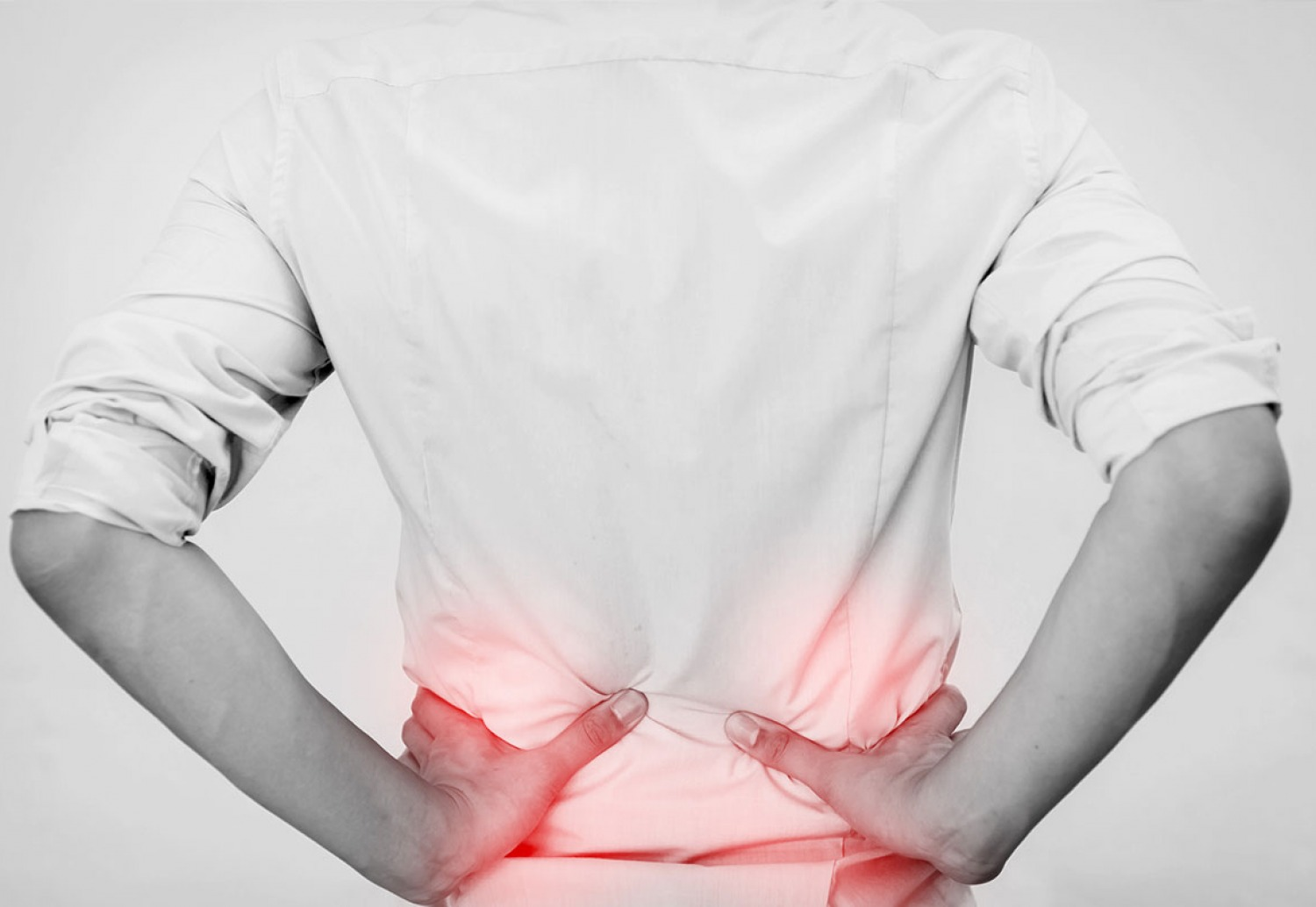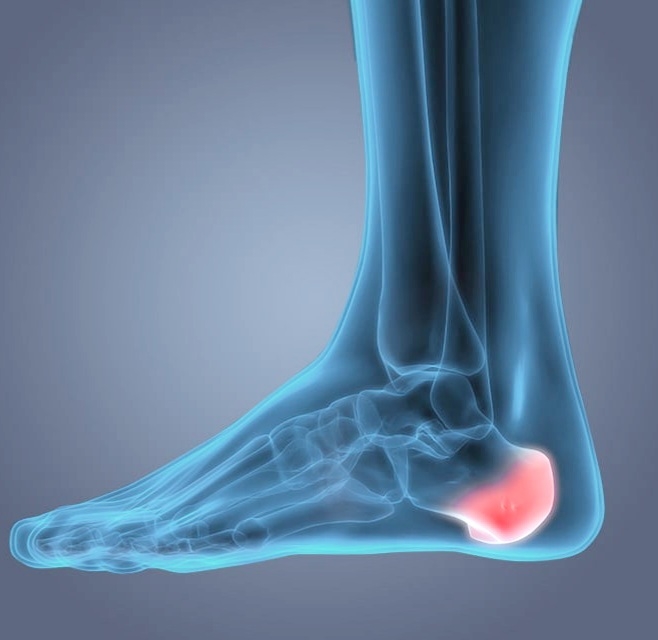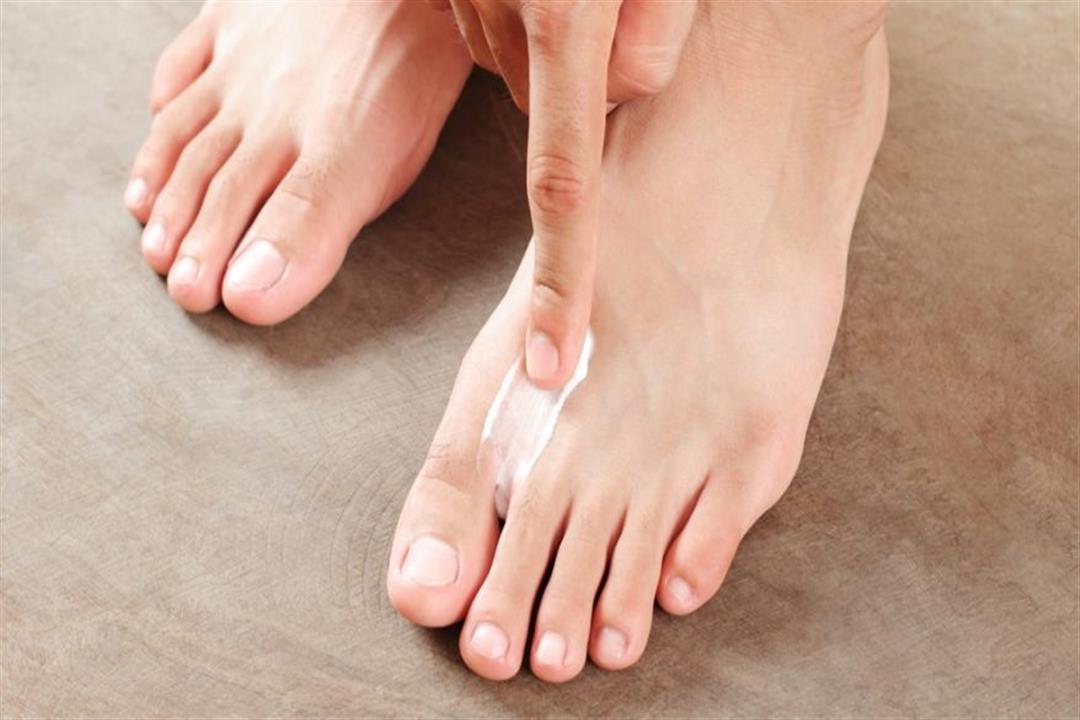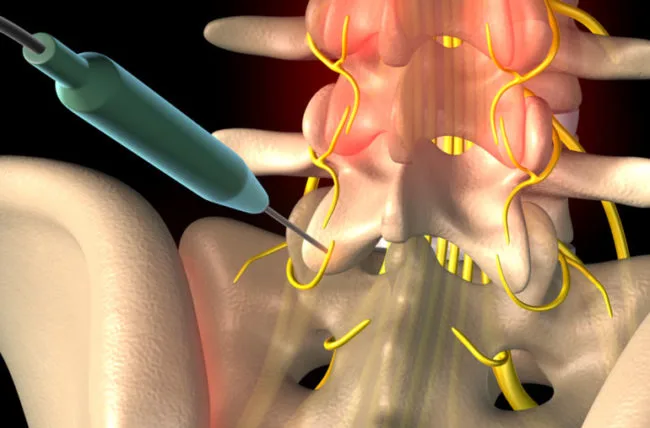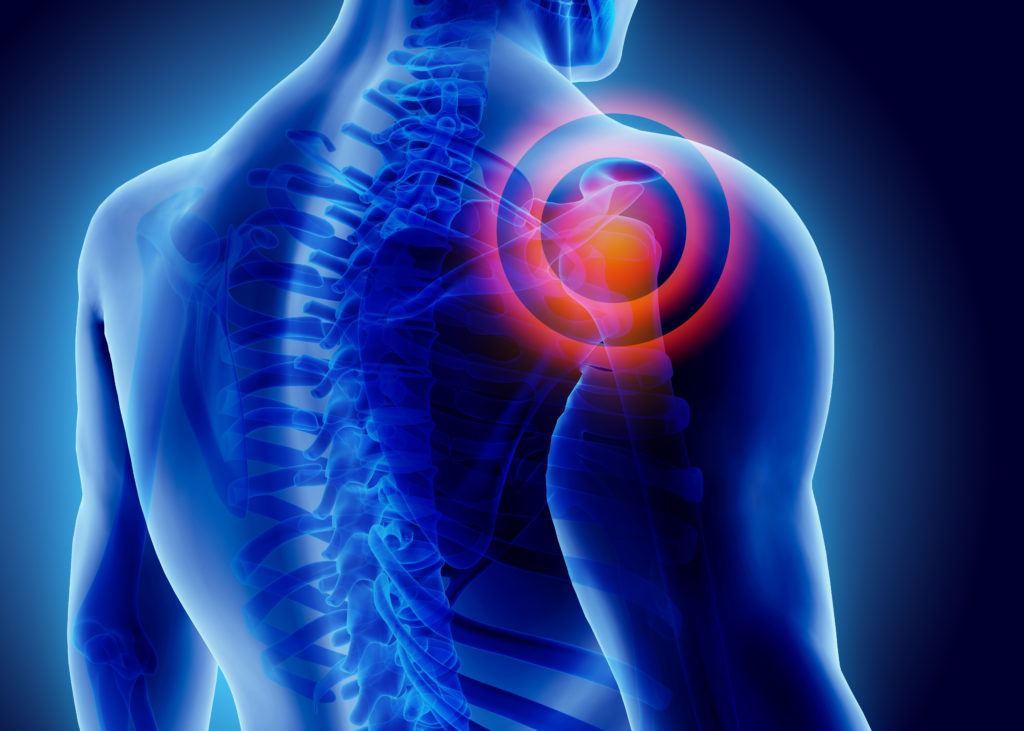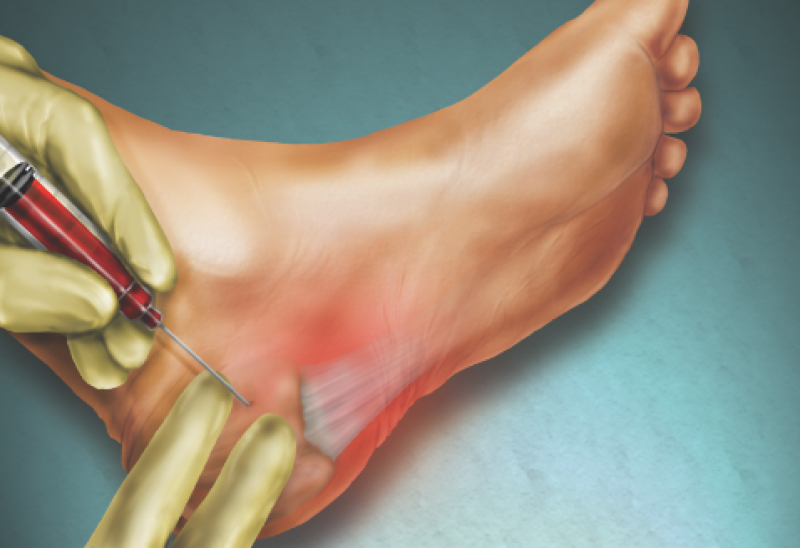What is the treatment for spinal curvature without surgery? Is the procedure dangerous?
Treatment of Spinal Curvature Without Surgery
Spinal curvature is a serious health issue affecting many individuals. Lateral curvature of the spine can cause severe pain and significantly impact a person’s life and mobility. However, many people seek non-surgical treatment options to correct this problem, as traditional back surgery can be challenging to endure. In this article, we will present several non-surgical methods for treating spinal curvature.
- Exercise and Rehabilitation: Exercise and rehabilitation exercises are fundamental in the non-surgical treatment of spinal curvature. Increasing the strength of the muscles surrounding the spine through strengthening and stretching exercises is recommended. These exercises can help strengthen the affected muscles, enhance stability, and improve muscle balance in the body. Patients should consult a physical therapist for appropriate exercises tailored to their health condition.
- Back Brace or Orthosis: The use of a back brace or orthosis is a common treatment for spinal curvature. It helps guide and align the spine while reducing the impact on the affected area. This treatment may be beneficial for mild to moderate cases of spinal curvature. However, consulting a specialized physician is essential to choose the appropriate back brace and receive proper usage instructions.
- Conservative Treatment: Conservative treatment is a reliable non-surgical option for addressing spinal curvature. It includes a range of non-surgical measures such as physical therapy, exercises, and rehabilitation. Manual therapy techniques, heat application, cold therapy, and balance devices can be used to alleviate pain and improve the spine’s condition.
- Abdominal Muscle Strengthening: Abdominal muscle strengthening exercises help strengthen the core and promote spinal alignment. These exercises can contribute to muscle balance and enhance flexibility in cases of mild spinal curvature. It is essential to perform these exercises under the supervision of a qualified fitness trainer to avoid injuries or exacerbation of the condition.
- Gradual Treatment: A gradual treatment approach can be effective in treating spinal curvature. It involves the use of a corrective device that gradually extends the length of the spine over time. Progressive adjustments and adaptations target the affected area more effectively. This process may take a considerable amount of time, and patients need ongoing monitoring by rehabilitation specialists.
In general, it is always advisable to consult a spine specialist before choosing any of the mentioned treatments above. Assessing the patient’s condition and obtaining an accurate diagnosis is essential to find the most suitable and effective treatment for them. In some cases of greater complexity, there may be a need for orthotic guidance or consultation with a rehabilitation specialist.
Can Spinal Curvature be Treated?
Spinal curvature, also known as scoliosis, is among the health issues that concern many individuals. Some may believe that this deformity is merely a cosmetic concern and does not require treatment. However, is this true? Can spinal curvature be left untreated?
Spinal curvature is a serious health condition that requires regular medical attention. If ignored and left untreated, the condition may worsen over time and lead to serious health complications.
Here, we will explore the importance of treating spinal curvature, its various types, and available treatment methods.
The Importance of Treating Spinal Curvature:
Before delving into available treatment methods, it is important to understand the significance of treating spinal curvature. Ignoring this condition can lead to the following complications:
- Deterioration of the Condition: Scoliosis is a progressive condition, and as such, the deformity can worsen over time if left untreated. Deterioration of the condition may lead to more serious health problems.
- Nerve Compression and Pain: Spinal curvature can result in severe pain in the back, neck, and surrounding nerves. These pains can affect the individual’s quality of life and restrict their ability to perform daily activities normally.
- Impaired Mobility and Gait: Spinal curvature can make it difficult for individuals to move and walk normally. The bending can deform the spine and limit its range of motion, negatively impacting the individual’s life.
In conclusion, treating spinal curvature is crucial to prevent its progression and the associated complications. Regular consultation with a spine specialist and appropriate intervention can help improve the patient’s condition and quality of life.
Types of Spinal Curvature and Treatment Methods:
There are several different types of spinal curvature, and each type requires a different approach to treatment. Here are some common types and their treatment methods:
- Mild Back Curvature: In cases of mild back curvature, conservative measures can be used, such as specialized exercises and regular changes in sitting or sleeping positions. Physicians may also prescribe pain relievers to alleviate discomfort caused by the deformity.
- Moderate to Severe Back Curvature: For severe back curvature, surgical intervention may be required. Surgery can be used to straighten the spine, correct the deformity, and stabilize it using braces or specialized screws.
- Neck Curvature: Certain cases of neck curvature may require specific surgical intervention. The type of surgery needed depends on the degree of deformity and its impact on neck movement and surrounding nerves.
Regardless of the severity of the curvature, spinal curvature should not be left untreated. It is advisable to consult a specialized physician to evaluate the patient’s condition and implement an appropriate treatment plan. Different treatments may include conservative measures, specific exercise regimens, pain-relieving medications, and, in some cases, surgery. The goal of treatment is to align the spine, prevent the worsening of the deformity, and improve the patient’s quality of life.
Please note that the above article provides general information only and is not a substitute for consulting a physician. Please consult with a specialist to diagnose your condition and determine the necessary steps for effective and suitable treatment.
Is Spinal Correction Surgery Dangerous?
Is spinal correction surgery dangerous? Anyone with spinal curvature may ask themselves this question. Spinal curvature can range from mild in some cases to severe and excessive in others, necessitating corrective measures.
Generally, the majority of spinal correction surgeries are cosmetic in nature, and in most cases, there are no expected serious health complications. However, in advanced cases, surgery may be needed to correct curvature and reduce its negative impact on the body and vital functions.
Leaving spinal curvature untreated for an extended period can lead to health problems and conditions that negatively affect the quality of life. Curvature can cause back and neck pain and increase the risk of other spinal injuries. Deformity in the spine’s natural shape may occur due to curvature, affecting balance, mobility, and the ability to perform daily activities.
In advanced cases of curvature, there may be an increase in the curvature angle to more than 100 degrees. This excessive curvature can lead to a decreased life expectancy. Therefore, it is important to treat advanced curvature cases and not delay surgical intervention if necessary.
However, each case must be individually evaluated, as spinal correction surgery is not always the best option. The physician may recommend a range of conservative treatments such as physical therapy, specific exercise regimens, and specialized guidance. In some advanced cases, surgery may be the best option to improve health and overall quality of life.
Regarding spinal correction surgery, it may involve various procedures such as spine stabilization using internal fixation devices, lengthening or shortening sections of the spine, or replacing a specific part of the spine with a graft. These surgeries require comprehensive surgical intervention and may be associated with some risks such as dehydration and infections. However, they are generally safe when performed by a qualified and experienced medical team.
In summary, spinal correction surgery may be necessary in advanced cases that cause significant health disturbances. Consulting with specialized physicians to evaluate each case individually and discussing the potential risks and benefits of correction surgery is essential. Patient commitment to appropriate treatment and regular follow-ups can help improve outcomes and enhance overall health.
Can Scoliosis Be Treated Without Surgery?
Scoliosis can be one of the most challenging issues affecting the spine and causing curvature. While traditional surgery may be the only option in some severe cases, new techniques have been developed in scoliosis treatment to minimize the surgical area and preserve spine mobility. Additionally, there is a focus on addressing idiopathic scoliosis, which often appears during adolescence.
Here, we will explore some non-surgical techniques and treatments that can help reduce scoliosis:
Physical Therapy:
Physical therapy is considered one of the most important approaches that can contribute to improving scoliosis. Physical therapy involves a set of exercises and measures that help strengthen the muscles surrounding the spine and improve balance and flexibility. Consulting with a physical therapist will help determine the appropriate program to meet individual needs.
Use of Orthotic Devices:
Orthotic devices are one of the non-surgical options that can be used to reduce scoliosis. These devices help guide the spine into the correct position and apply gentle pressure to change its shape and resist curvature.
Massage and Manipulative Therapy:
Pressure-based massage and manipulative therapy can contribute to reducing pain and improving the overall condition of scoliosis. Through massage and manipulation maneuvers, spinal movement is improved, and tension in the surrounding muscles is relieved, leading to a reduction in curvature.
Wearing Corrective Braces:
Corrective braces are means that can be used to adjust the position of the spine and reduce scoliosis. These braces help stabilize and guide the spine into the correct position, assisting in reducing curvature.
It is not recommended to use these non-surgical treatments without medical consultation. Individuals with scoliosis should consult with a specialized physician before making any decisions regarding their treatment. The success of non-surgical treatment depends on the condition and severity of scoliosis, as well as individual factors.
In conclusion, non-surgical treatments can be an effective alternative for individuals with scoliosis. However, surgery may be necessary in severe cases or those that do not respond to other treatments. Before making any decisions, patients should consult with a specialized physician to assess their condition and receive appropriate guidance.
Does Scoliosis Get Worse Over Time?
Scoliosis is a common issue affecting many individuals. While some people may perceive it as a minor and insignificant problem, it can actually impact a person’s daily life, causing pain and health issues. Does scoliosis worsen over time? Let’s explore this topic in this article.
Causes of Scoliosis:
Before we delve into whether scoliosis worsens over time, let’s take a look at some of the causes of this condition.
Congenital Deformities: Some cases of scoliosis occur from birth due to congenital deformities in the spine. Progressive Development: Scoliosis can develop gradually over time due to poor postural habits, relationships between vertebrae, and may result from muscle strain or arthritis. Injuries: Spinal injuries or fractures that affect the structure of the spine can lead to scoliosis. Bone Diseases: Certain conditions like arthritis, multiple sclerosis, and bone disorders can cause spinal curvature.
Increase in Scoliosis Over Time:
In general, scoliosis can worsen over time if not properly treated. While it may remain stable at times, many cases tend to deteriorate with time.
Several factors play a role in increasing scoliosis, including:
Muscular Imbalance: Weakness in the muscles that support the spine and muscular imbalances can contribute to the progression of scoliosis. Lifestyle Habits: Poor habits such as prolonged sitting in front of a computer or improper lifting of objects can lead to spinal issues. Lack of Proper Treatment: If scoliosis is not detected and treated appropriately in its early stages, it can worsen over time.
Treatment for Scoliosis:
If you are dealing with scoliosis, it’s important to receive proper treatment to prevent the condition from worsening and alleviate symptoms. Treatment options may include:
Conservative Treatment: This includes physical therapy exercises to strengthen muscles and improve spinal flexibility. Surgical Intervention: In severe cases, surgery may be necessary to correct spinal curvature.
In general, it is important to consult with a specialist when dealing with spinal curvature to obtain an accurate diagnosis and a suitable treatment plan.
In summary, spinal curvature can worsen over time if not properly treated. It is advisable to seek medical attention as soon as you experience any symptoms related to spinal curvature to receive the correct diagnosis and initiate appropriate treatment.
Is there a brace that treats spinal curvature?
Bracing as Spinal Support: Braces are used as a tool to strengthen body muscles and improve spinal alignment. Braces may be used as support for the spine, especially in cases of spinal curvature.
Effects of Wearing a Brace: Wearing a brace can help alleviate pain and tension in specific areas of the body, such as the back and neck. It can contribute to stabilizing and aligning the spine correctly. The brace can reduce abnormal movements of the spine and serve as a visual reminder to maintain proper posture.
The Brace and Correcting Spinal Curvature: The effectiveness of a brace in correcting spinal curvature depends on several factors, such as the degree of curvature and the nature of the condition. In cases of mild curvature below 20 degrees, regular monitoring may be preferred without the need for wearing a brace. Wearing a brace may be recommended for cases where the curvature exceeds 20 degrees to prevent further progression and restore the spine to its natural shape.
The Importance of Consulting a Doctor: Consulting a spine specialist and scoliosis expert is recommended before making any decisions regarding the use of a brace to correct spinal curvature. The doctor is best suited to evaluate the spinal condition and determine the actual need for using a brace. The doctor may recommend specific exercises and physical therapy to strengthen body muscles and improve spinal alignment instead of using a brace.
Do Not Rely Solely on the Brace: It is important to consider the brace as part of a comprehensive treatment program for spinal curvature and not rely on it alone. Consult a doctor for detailed guidance on the best treatment measures, including the appropriate use of the brace and its duration.
In conclusion, the use of a brace as a means to treat spinal curvature is a matter that requires evaluation by a specialist doctor. In some cases, the brace may be beneficial in stabilizing the spine and alleviating symptoms, but it is not the sole treatment, and consulting a doctor for the best medical advice is essential.



